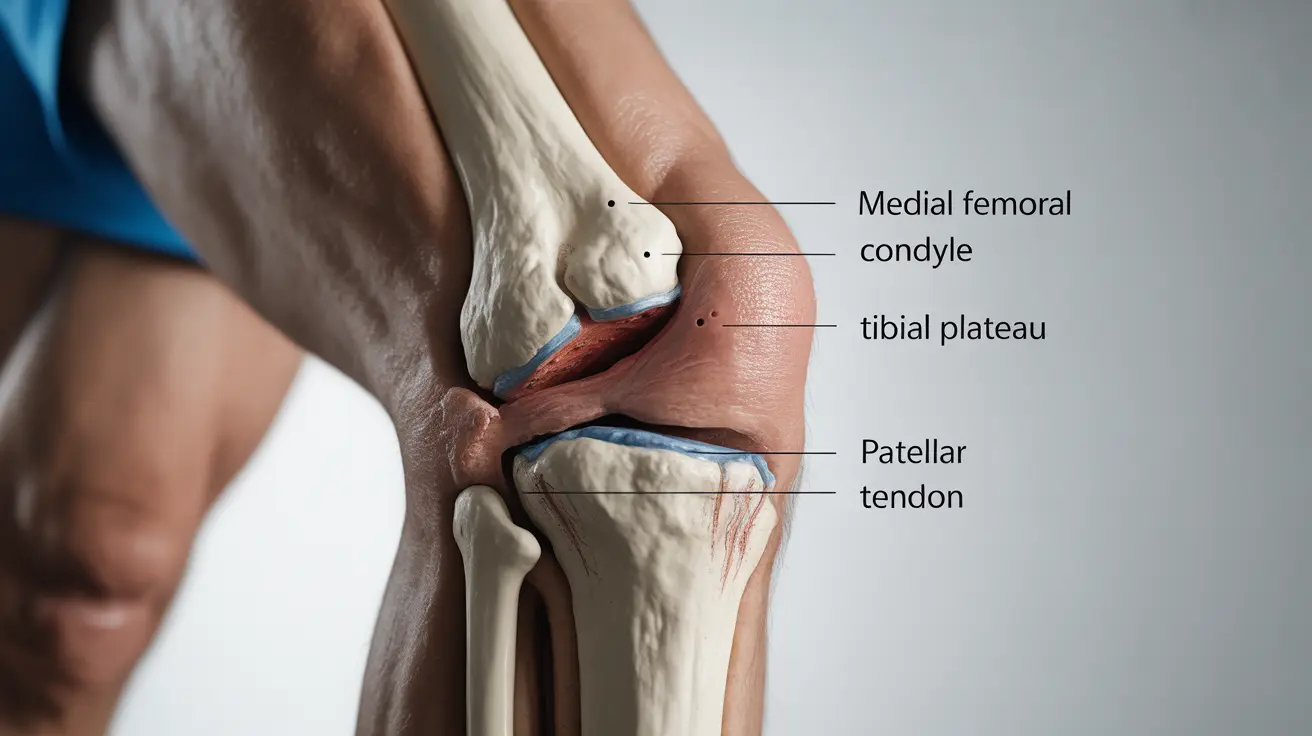Chondromalacia patella, also known as runner's knee, is a common condition that affects the cartilage underneath the kneecap (patella). This condition occurs when the cartilage softens and breaks down, leading to pain and discomfort in the knee area. Understanding its symptoms, causes, and treatment options is crucial for proper management and prevention.
While this condition can affect anyone, it's particularly common among young athletes, especially females, and individuals who participate in high-impact activities. Early recognition and appropriate intervention can help prevent the condition from worsening and maintain knee health.
Signs and Symptoms of Chondromalacia Patella
The symptoms of chondromalacia patella typically develop gradually and may include:
- Dull, aching pain behind or around the kneecap
- Pain that worsens when climbing stairs or sitting for long periods
- A grinding or crackling sensation when bending or straightening the knee
- Knee weakness or instability
- Swelling around the knee joint
These symptoms often become more noticeable during activities that put pressure on the knee joint, such as running, jumping, or squatting.
Risk Factors and Causes
Several factors can contribute to the development of chondromalacia patella:
Anatomical Factors
- Misaligned kneecap
- Flat feet
- High-riding patella
- Weak or imbalanced thigh muscles
Activity-Related Factors
- Overuse from high-impact sports
- Repeated stress on the knee joint
- Poor training techniques
- Inadequate warm-up before exercise
Diagnosis Methods
Healthcare providers typically use several approaches to diagnose chondromalacia patella:
- Physical examination
- Medical history review
- Imaging tests (X-rays, MRI)
- Assessment of knee movement and alignment
Treatment Approaches
Conservative Management
Most cases of chondromalacia patella respond well to conservative treatment methods:
- Rest and activity modification
- Ice therapy for pain relief
- Physical therapy exercises
- Anti-inflammatory medications
- Proper footwear and orthotics
Physical Therapy Exercises
Specific exercises focus on:
- Strengthening quadriceps muscles
- Improving flexibility
- Enhancing knee stability
- Correcting movement patterns
Advanced Treatment Options
In severe cases, additional treatments may be necessary:
- Cortisone injections
- Arthroscopic surgery
- Cartilage restoration procedures
Prevention Strategies
Several measures can help prevent chondromalacia patella:
- Maintaining proper form during exercise
- Regular stretching and strengthening exercises
- Wearing appropriate footwear
- Gradually increasing activity intensity
- Cross-training to avoid overuse
Frequently Asked Questions
1. What are the common symptoms and signs of chondromalacia patella? Common symptoms include dull knee pain, especially behind the kneecap, pain when climbing stairs or sitting for long periods, and a grinding sensation during knee movement.
2. What causes chondromalacia patella and who is most at risk for developing it? The condition is caused by softening and breakdown of knee cartilage. Young athletes, particularly females, and individuals with anatomical knee misalignments are at higher risk. Other risk factors include overuse, poor training techniques, and muscle imbalances.
3. How is chondromalacia patella diagnosed by doctors? Doctors diagnose the condition through physical examination, medical history review, and sometimes imaging tests like X-rays or MRI to rule out other conditions and assess cartilage damage.
4. What are the most effective treatment options available for chondromalacia patella? Effective treatments include rest, ice therapy, physical therapy exercises, anti-inflammatory medications, and proper footwear. Severe cases may require cortisone injections or surgery.
5. How can chondromalacia patella be prevented or its risk reduced through lifestyle changes? Prevention strategies include maintaining proper exercise form, regular stretching and strengthening exercises, wearing appropriate footwear, and avoiding sudden increases in activity intensity.




